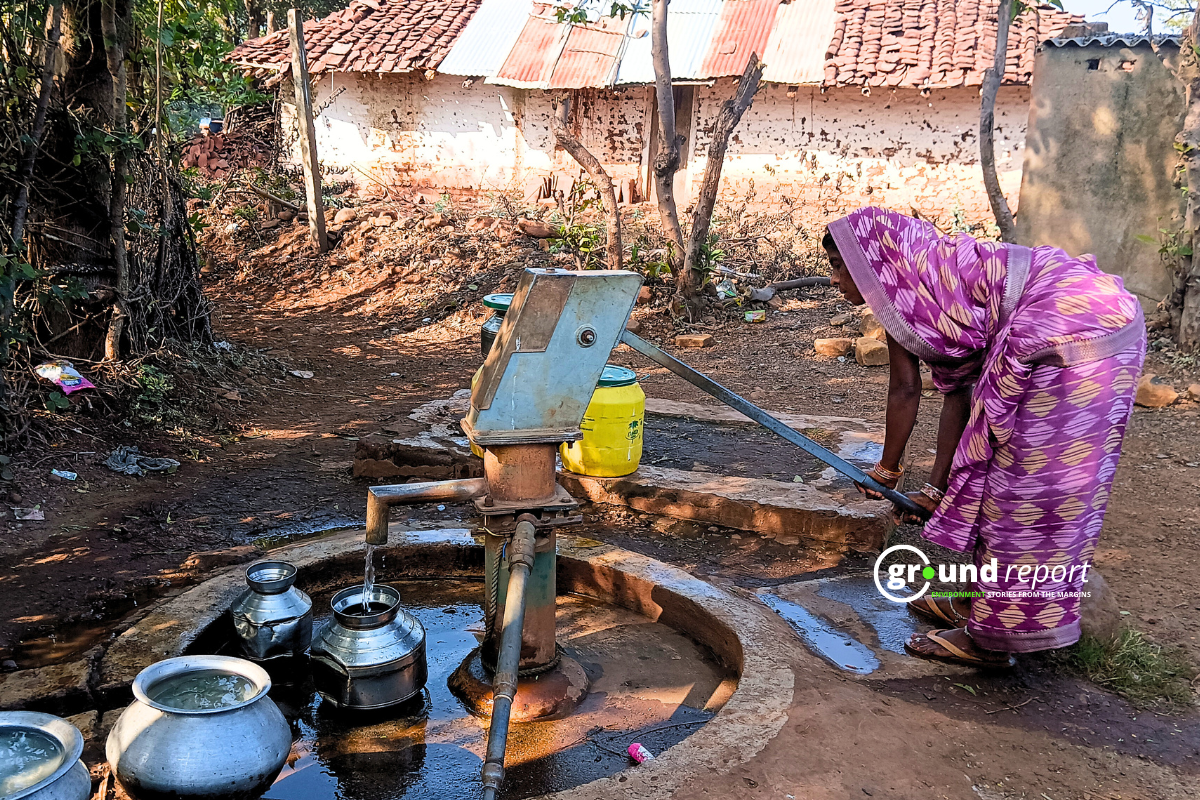Seventy years have passed since Edmund Hillary and Tenzing Norgay accomplished the remarkable feat of reaching the summit of Mount Everest on May 29, 1953. During this period, more than 10,000 people have followed in their footsteps, attempting to conquer the highest peak on Earth, located at an elevation of 8,849 meters.
The highest mountain in the world, Everest, located in the Himalayas, is losing its beauty due to the accumulation of rubbish. Oxygen cylinders, tents, ladders, cans, wrappers and mountains of human garbage have become the protagonists of a landscape where the pristine white of snow should reign
Mountaineers have been throwing garbage on the mountain for decades, but the dense snow camouflaged the disaster. Now, with climate change, the ice sheets are melting, exposing the trash that has accumulated over all these years. But garbage is not the only reality that is emerging as a result of the thaw: hundreds of human corpses have also appeared that could not overcome the harsh conditions of the environment.
Recently, Everest Today (@EverestToday), a portal dedicated to climbing Everest, shared a video on Twitter showing the remains of abandoned tents scattered around Camp IV, located at an altitude of 8,848.86 meters above sea level. sea.
They tweeted “Disheartening to see the accumulation of garbage at Camp IV on Mt #Everest (8848.86 m). It’s high time we address this issue with urgency and commitment. Let’s demand stricter regulations, enforcement of clean climbing practices, and effective waste management strategies.”
How much trash is on Mount Everest?
In 2017, climbers in Nepal removed nearly 25 tons of rubbish and 15 tons of human waste, the equivalent of three double-decker buses, according to the Sagarmatha Pollution Control Committee (SPCC).
This season the amount will be higher but it will continue to be only a fraction of the garbage that is abandoned on this emblematic mountain, indicates the SPCC. Apparently, many climbers choose to forfeit the deposit or pay the fine before removing all their debris.
It is estimated that more than 12,000 pounds (5,400 kilograms) of human waste is generated each year from Everest Base Camps, largely due to the prevalence of diarrhea and other intestinal problems among visitors. Current waste management methods are not entirely effective in filtering waste from the water supply, exacerbating the problem of water pollution.
In 2019, the Nepalese government launched a campaign to remove 10,000 kilograms (22,000 pounds) of rubbish from the mountain. Since 2014, they have implemented a deposit initiative, which requires visitors to pay a $4,000 deposit, which is refundable upon return with eight kilograms (18 pounds) of trash, the average amount generated by a climber during the ascent.
Mount Everest: overcrowding and commercialization
On the 70th anniversary of the historic conquest of Mount Everest by Edmund Hillary and Tenzing Norgay on May 29, 1953, Bachendri Pal, the first Indian woman to summit Everest, expressed concern about the overcrowding and commercialization of world’s highest mountain.
Pal said that many mountaineers with financial resources attempt to climb without the necessary intention, training and experience, which has led to an increase in deaths on the mountain. She proposed the need to regulate permits to address this problem.
She said that the transformation of climbing Everest from a selective and rigorous process to a commercialized venture. She recalled that during her first ascent in 1984, only limited expeditions made up of experienced and trained climbers were allowed. However, today, people with financial means can scale it, treating it as a tourist attraction rather than a challenge.
The total cost of climbing Everest, including permit fees and other essentials, ranges from $40,000 to $50,000, with Nepal earning about $5 million a year from climbing fees.
Keep Reading
- Why Nepal Plans to relocate the Everest base camp?
- Funds requested for climate disasters increase by 800%
- Flood threat in Kashmir may increase due to increase in monsoon rains
- Less air pollution will increase agricultural production by 8% in India: Study
Follow Ground Report for Climate Change and Under-Reported issues in India. Connect with us on Facebook, Twitter, Koo App, Instagram, Whatsapp and YouTube. Write us on GReport2018@gmail.com.








